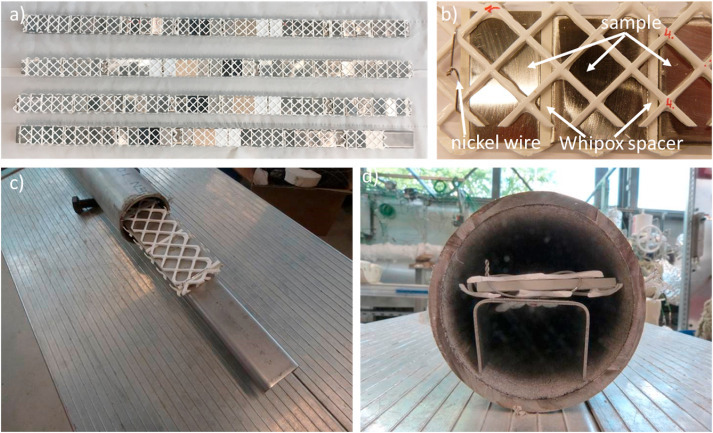F. Sutter, C. Oskay, M.C. Galetz, T. Diamantino, F. Pedrosa, I. Figueira, S. Glumm, A. Bonk, A. Agüero, S. Rodríguez, T..J. Reche-Navarro, S. Caron
Solar Energy Materials and Solar Cells 232 (2021), 111331, DOI: j.solmat.2021.111331


Potassium nitrate and sodium nitrate in mixing proportion of KNO3–NaNO3 40-60 wt% (also called solar salt) has been successfully used for over a decade as heat storage medium for concentrated solar power parabolic-trough collector plants at temperatures up to 400 °C. At temperatures of 560 °C, reached in state-of-the-art solar tower systems, corrosion of metallic components in contact with solar salt can become an issue and has caused leaks and plant shut-downs in recently built tower projects. While the corrosion rates of several materials have been determined for different temperatures in static molten salt immersion experiments, there is a lack of corrosion data for dynamic in-service conditions. In this work, a dynamic corrosion test has been conducted on 19 different material types including protective coatings, mimicking flow-rate, temperature gradient and draining of in-service operation of a receiver in a concentrated solar power tower. The measured corrosion rates are presented and compared to static corrosion tests reported in literature.